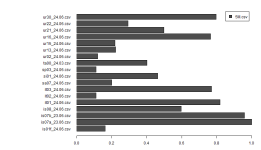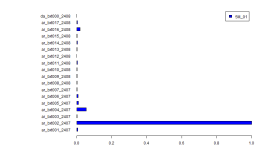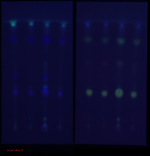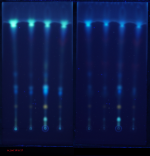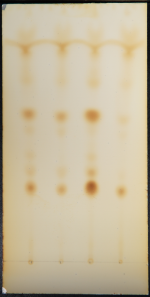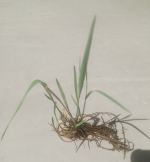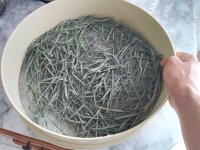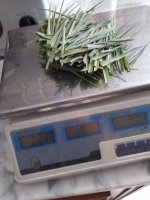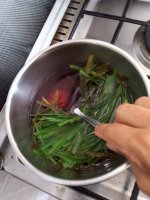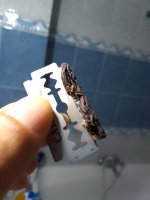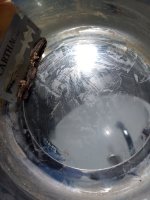chlorophyll
Rising Star
Hello everyone, new and naive member here 
What is known about the grass fats? If they evaporate below the DMT boiling temperature maybe you could defat in an oven without petroleum ether.
I don’t have the knowledge to see if this idea is any good, nor the material and skills to test it myself. But who knows, maybe it can help smarter people…
What is known about the grass fats? If they evaporate below the DMT boiling temperature maybe you could defat in an oven without petroleum ether.
I don’t have the knowledge to see if this idea is any good, nor the material and skills to test it myself. But who knows, maybe it can help smarter people…


